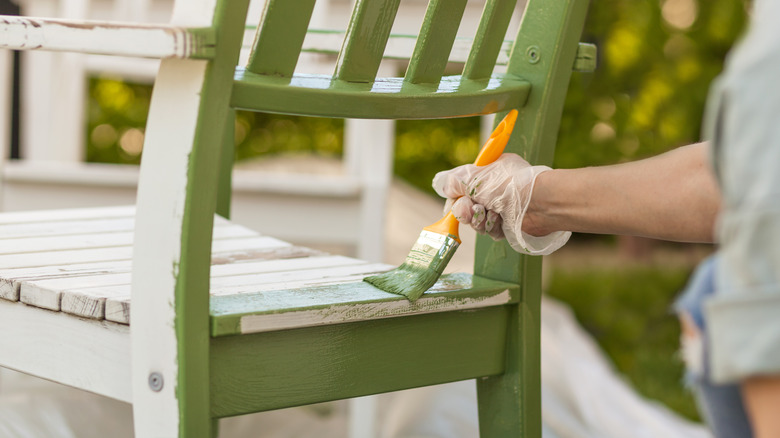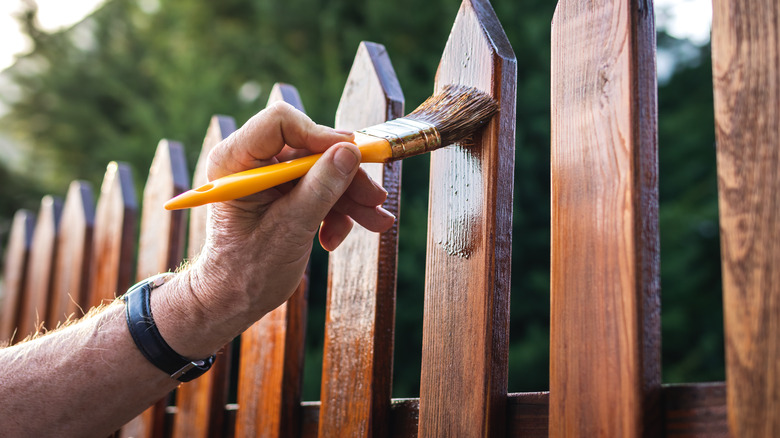Is Paint Or Stain Better For Your Outdoor Wood Features?
It's no secret that outdoor wood furniture fares better with protection from humidity, the sun's UV rays, rain, and snow. In fact, this is true of all exterior wood features, including gazebos, decks, fences, light posts, and mailboxes. If left unprotected, the wood will fade over time, develop rot, and warp or decay. To weatherproof your outdoor furniture, you must either stain it or paint it, and you need to understand the differences between them to decide which is best for your wood features. The primary difference between stain and paint is that stain gets absorbed into the fibers, whereas paint forms a protective layer on top of the surface.
Another important difference is that stain usually doesn't change the color of the feature it's applied to unless you opt for a pigmented mixture. This allows the wood's natural grain to peek through the coating and keeps its rustic charm intact. On the other hand, paint changes the color of the wood. The good news is there are a multitude of tones to choose from. This means you can match the feature to your home's interior or make it stand out with a bold shade. Still unsure if you should stain outdoor wood features or paint them? Consider the pros and cons of both, the costs involved, the reapplication frequency, and the time and effort required.
How to choose between paint and stain
As mentioned, staining your wooden features showcases its natural grain and organic texture. Depending on your preferences or the type of wood you have, you can choose a transparent stain or go with a pigmented mixture. Metallic options are available, too. However, showcasing your wooden features in all their natural glory comes with a few disadvantages. While a coat of quality stain will help your feature withstand the elements, it won't hide imperfections like stains and scratches. Plus, you'll have to restain the surfaces every year or two, depending on their condition. Moreover, stain might not be a good option for tropical hardwood features.
On the other hand, paint can restore your outdoor wooden features. It'll readily conceal imperfections, including signs of weathering, suspicious stains, and unsightly scratches. Although more expensive than stain, paint offers better protection against the elements and lasts longer — between five and 10 years. It's also easier to clean painted wooden features than stained ones. That being said, paint reapplication is more time- and effort-intensive than stain. You'll have to remove the flaking paint layers first before preparing the surface. Additionally, paint is a more permanent decision. To elaborate, if you stain your wooden features and don't like their look later, you can always paint them per your preferences, but the opposite isn't a viable option.

